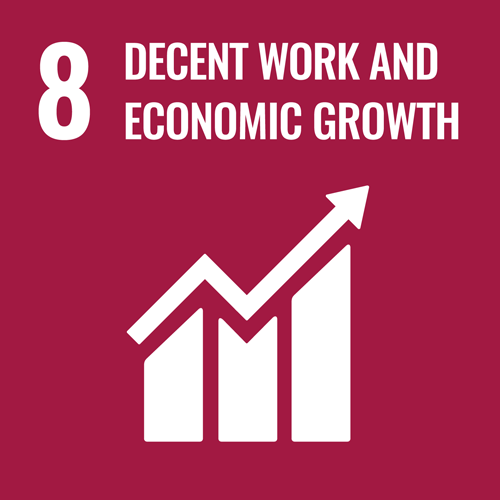*The following is adapted from remarks given at today’s ITU workshop on the future of television in Europe.
Television is deeply woven into the fabric of our lives. Last year, almost 80 percent of households around the world had television.
ITU’s first technical standards for television were released in 1949, exactly 70 years ago. And since then, ITU has played an important role in setting the foundations for international broadcasting.
The technology for broadcasting has evolved over the decades, and so has the technology for content production. Emerging technologies such Artificial Intelligence (AI) are revolutionizing the future of television, creating new opportunities but also new business and policy challenges. And ITU is at the forefront of this revolution.
Just last week, our Radiocommunication Sector, ITU-R, published a new report that lays out how AI could be used during the process of making and distributing television and radio content.
This report was released during the third edition of our AI for Good Global Summit, the leading UN platform for global and inclusive dialogue on artificial intelligence.
Evolving with the times, for everyone
It is early days. There is still an incredible amount of work needed to ensure that the use of AI in programme making and content distribution is for the benefit of the audiences. And I am happy to see that this workshop includes a session dedicated to the accessibility of next-generation TV services to persons with disabilities. We need to make sure that we create an enabling environment for TV innovation that works for everyone.
We also need to make sure that the systems employed interact with each other. ITU-R is already conducting early preparation for the ITU World Radiocommunication Conference 2023, in particular through ITU-R Study Group 6 in charge of Broadcasting Service. It is very likely that frequency spectrum in UHF band for terrestrial broadcasting TV, including in Region 1 with Europe, will be again a very hot issue for which ITU-R needs to be prepared.
As we meet here today, Study Group 9 of ITU’s Telecommunication Standardization Sector, ITU-T, is discussing the development of new Technical Recommendations capturing the newest technological developments in the field of Cable Television.
ITU-T Study Group 9 is leading international standardization in this field and has established partnerships with world leaders to enforce its relevance and to address the need of the Membership. I am very pleased to welcome two new recent Associates to ITU-T Study Group 9: US CableLabs, and MovieLabs.
All three sectors of ITU work on the future of television, including our Telecommunication Development Sector, ITU-D. One of the subjects of the ITU-D Study Group 1 Question 2/1 also pertains to the new trends in broadcasting. The first interim report was released in March of this year.
As we look ahead, we need to ask ourselves:
-
-
How do we ensure that WRC-23 results will not compromise the existing deployment and future development of broadcasting TV?
- And what can policy makers do to continuously adopt effective regulation and take strategic decisions to maintain and further enhance an inclusive enabling environment for television to thrive?
-
What are the new or transformed services that the providers are pursuing?
-
How can we ensure television accessibility, regardless of the technologies used for content distribution? And finally, what are the updated technical standards needed to enable service delivery?
-
-
Today’s workshop builds on recent initiatives of Study Group 9 to engage and involve global stakeholders in ITU. It is being held back-to-back with the ITU-T Study Group 9 meeting I mentioned earlier, which started yesterday and will run until next Thursday.
I want to congratulate Study Group 9 for their collaboration with the ITU Regional Office for Europe and with both the Development and Radio Sectors in addressing the future challenges of television within the framework of the ITU Regional Initiative for Europe on Broadband.
Creating synergies
Not only has this approach optimized our resources, but more importantly, it has created synergies across radiocommunications, standardization and development in a region, the Europe region, which represents 46 countries. I am confident that this unique combination will trigger discussions that, in turn, will influence the work of our three bureaus on the key issue of the future of television.
Many of you will have noticed that the Future of Television is now a regular theme for a new series of events that was initiated last year in Europe and the Americas. I hope we will have in the future the opportunity to address the Future of Television in other regions as well.
Thank you to all the experts and exhibitors who have joined us today. Our hope is that, by drawing on the wisdom and experience in this room, we can go further towards capitalizing on the latest innovations in TV technology and navigating the associated business and policy challenges.














